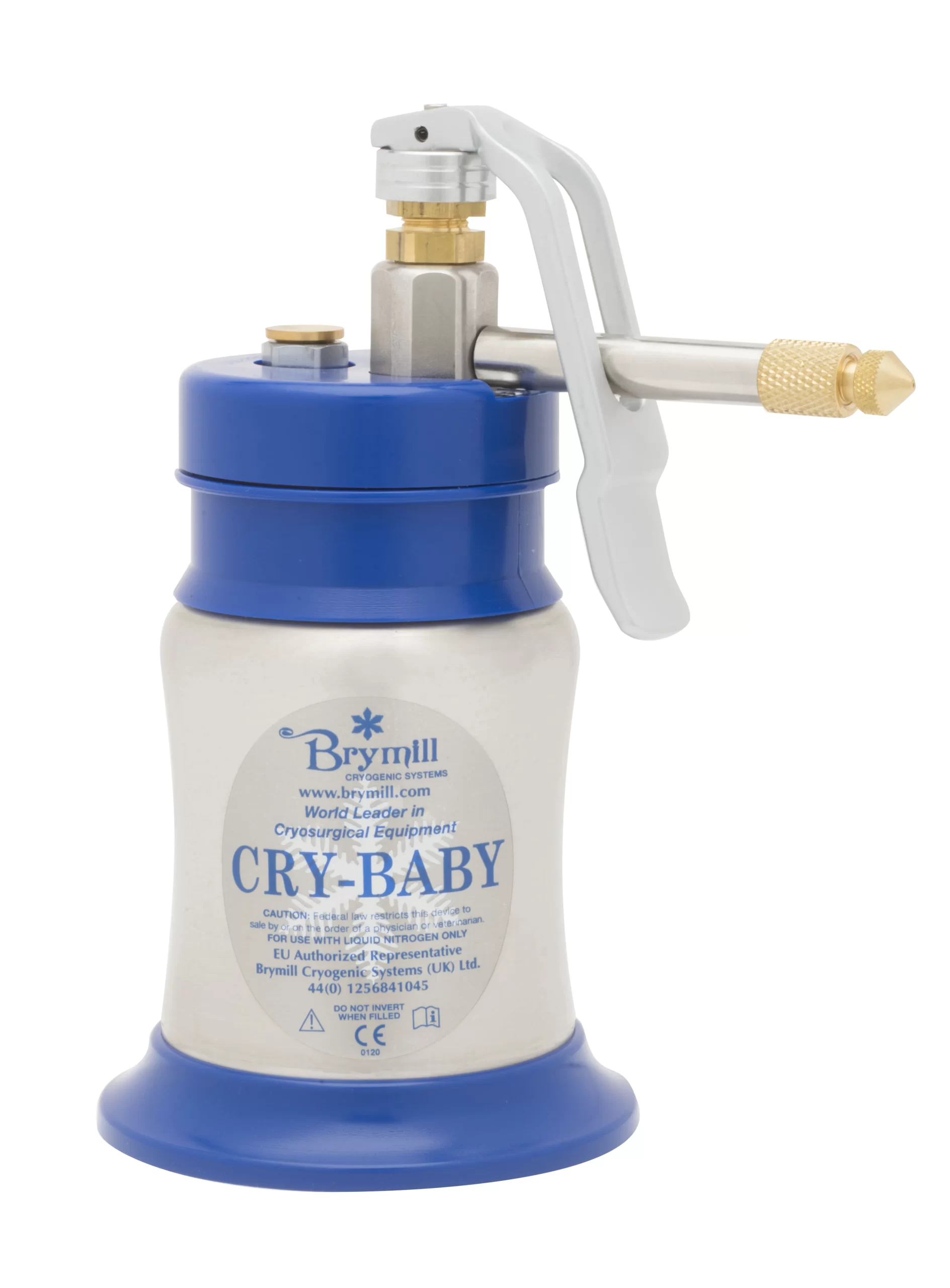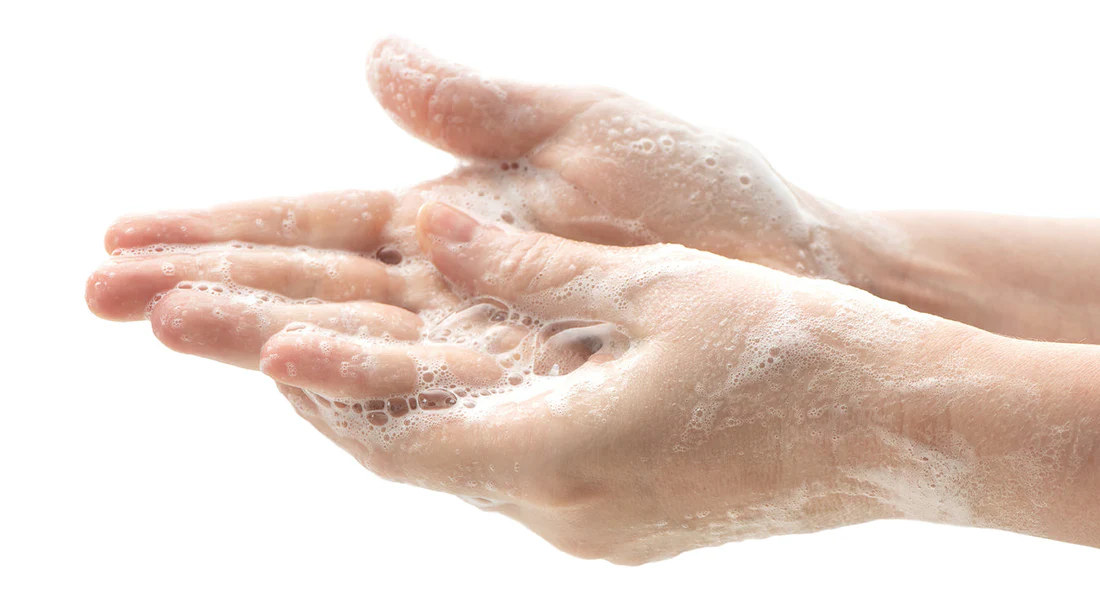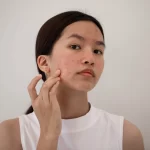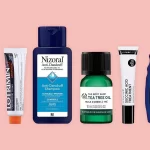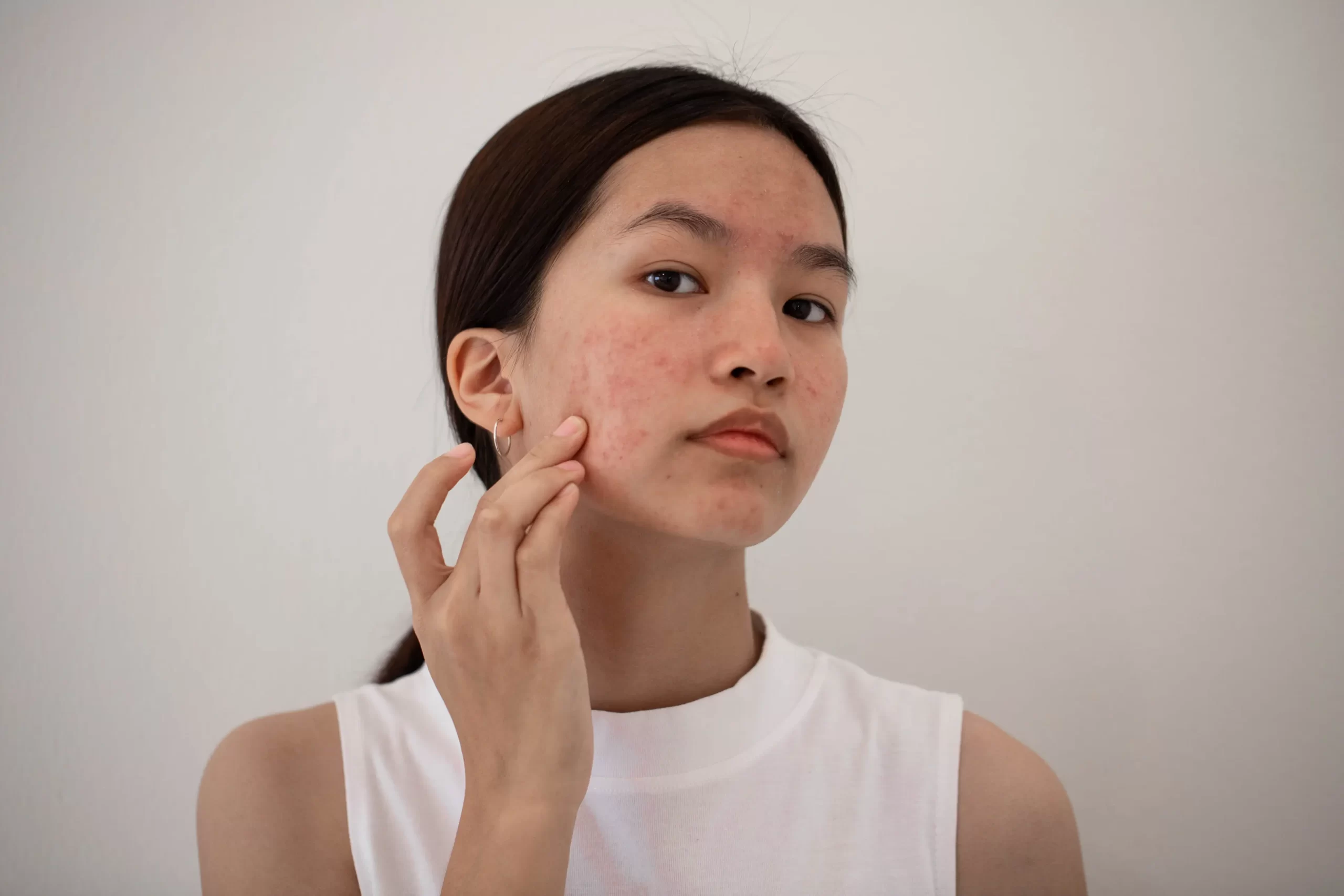What is cryotherapy?
Cryotherapy is a procedure utilized by dermatologists that involves application of a substance at freezing temperatures to an area of skin that needs to be destroyed. It is a very common procedure that occurs in the dermatology clinic nearly every day, and it is very safe and easy to use. There are many different freezing agents that dermatologists utilize, but liquid nitrogen is by far the most common agent in the office. Your dermatologist may recommend cryotherapy for precancerous skin lesions, such as actinic keratoses, or for benign skin lesions that you find bothersome, such as seborrheic keratoses and warts. Cryotherapy can even be utilized for very early and superficial skin cancers, which can help to avoid going through a more invasive skin surgery to remove the skin cancers.
How does cryotherapy work?
Liquid nitrogen is the agent of choice for cryotherapy, with a temperature of -196 °C (-320 °F). Your dermatologist will have the liquid nitrogen stored in a handheld canister so that it does not evaporate before they use it. Cryotherapy works by causing direct injury to your skin cells, which works to eliminate any precancerous or benign skin lesions. The liquid nitrogen will be delivered as a fine spray to the spot of concern for a couple of seconds, followed by thawing of the spot. Your dermatologist may spray the skin lesion for a longer duration or more than once depending on how thick it is or if it is precancerous.
Is it only performed as a spray?
No! There is a method called the dipstick technique which involves dipping a cotton-tipped applicator into the liquid nitrogen and then applying it directly to the lesion of concern. By applying the liquid nitrogen directly to the skin, it achieves a deeper level of freezing to treat thicker or precancerous lesions.
Which skin lesions can be treated with cryotherapy? 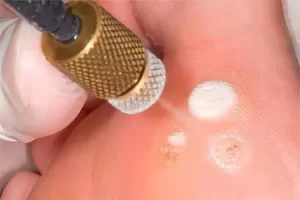
Cryotherapy can treat a wide range of skin diseases, including benign and precancerous lesions. Benign lesions that can be treated with cryotherapy include seborrheic keratoses (also known as your wisdom spots), warts, skin tags, solar lentigines (brown spots caused by the sun), and molluscum contagiosum. Precancerous and cancerous lesions that can be treated with cryotherapy include actinic keratoses, basal cell carcinoma, and non-invasive squamous cell carcinoma. Actinic keratoses are routinely treated in the dermatology office with liquid nitrogen, which can help prevent the development of them into squamous cell carcinomas.
Can I have cryotherapy done instead of a surgery if I’m diagnosed with skin cancer?
Sometimes. When your dermatologist suspects that there may be a skin cancer, they will perform a biopsy to confirm their suspicion. Depending on what the biopsy states, it is up to your dermatologist’s discretion if they think you are a good candidate for cryotherapy instead of skin cancer surgery. Factors such as the depth of the skin cancer, recurrence of a prior skin cancer, or the area in which the skin cancer was biopsied all play a role in the recommendations made by your dermatologist. However, to make sure the skin cancer is adequately removed, most dermatologists will recommend a simple skin cancer surgery, which can oftentimes be done just in the clinic and involves only a local anesthetic.
What are some contraindications of cryotherapy?
Cryotherapy should never be performed if the etiology of the lesion is unknown. In this case, dermatologists will perform a simple biopsy to confirm the diagnosis prior to treating with cryotherapy. Some other complications include conditions that can be worsened on cold exposure, such as cryoglobulinemia, multiple myeloma, Raynaud disease, and poor circulation. If you have a history of any of these conditions, notify your dermatologist before cryotherapy as there may be a better treatment option for you. Another contraindication is if the pathology from a biopsy report states that the skin cancer is a higher-risk and more invasive cancer, which will require an actual skin surgery to remove it. A relative contraindication to cryotherapy is if you have a darker skin type. These individuals may be prone to healing with hypopigmentation, which is lightening of the skin. They may even experience post-inflammatory hyperpigmentation, which is the opposite.
What are some of the complications of cryotherapy?
Cryotherapy has very few complications, but there are still minimal risks with the procedure. The complications can be divided up depending on the time period after which you received cryotherapy. Immediate complications include bleeding, blistering, swelling, pain, and numbness. More delayed complications include bleeding, ulceration, and infection if the lesion does not heal appropriately. Complications that can occur weeks to months after cryotherapy include scarring, hyperpigmentation (darkening of the skin), hypopigmentation (lightening of the skin), alopecia (hair loss in the area that was treated), and altered sensation. Your dermatologist will take great care to prevent these complications by spraying further away from the lesion and for a shorter duration of time.
How do I take care of the treated spot after cryotherapy?
The treatment area should be left open to heal with no more than just petroleum jelly on it. The area can blister and get crusty, but refrain from picking at the area. You can wash the area gently with soap and water one to two times daily. Smaller lesions typically heal in 2-4 weeks, but larger lesions can take a couple of months to heal completely. If you are experiencing any redness, swelling, or pain in the area, contact your dermatologist as this might be a sign of an underlying infection.


